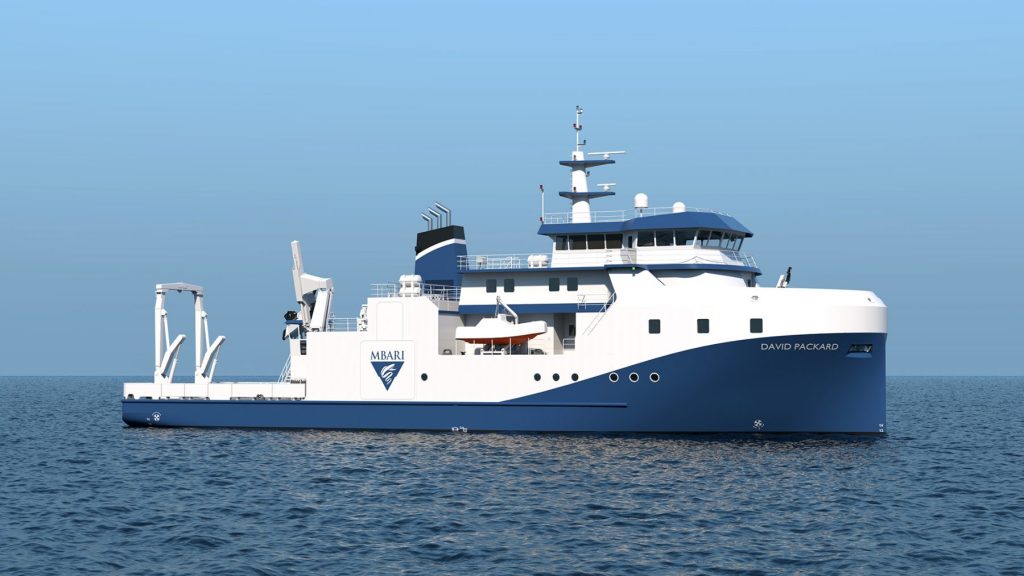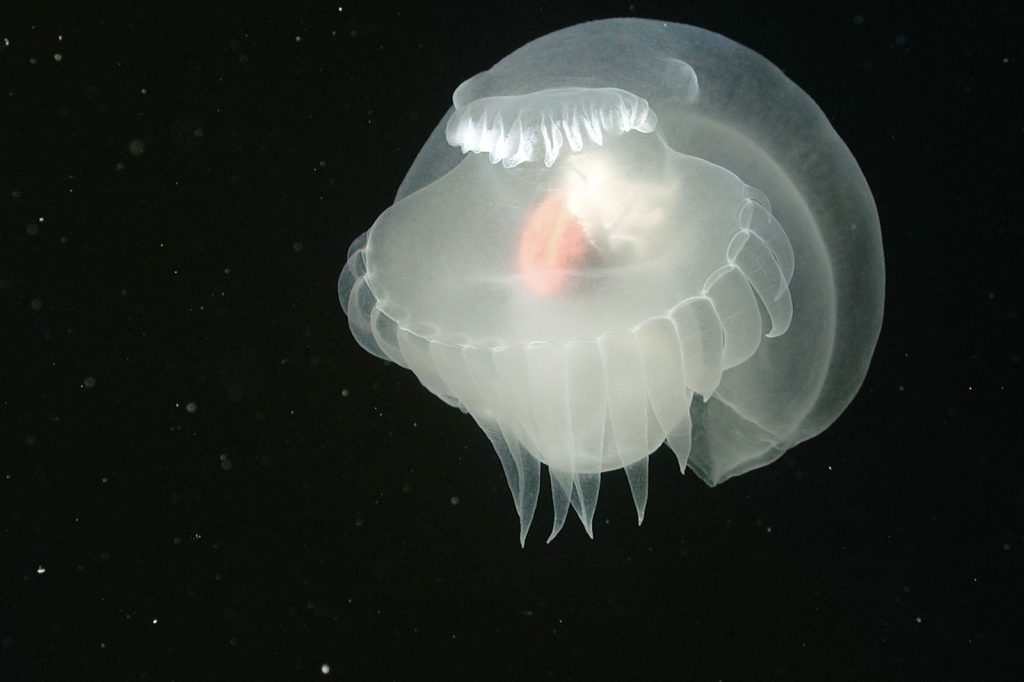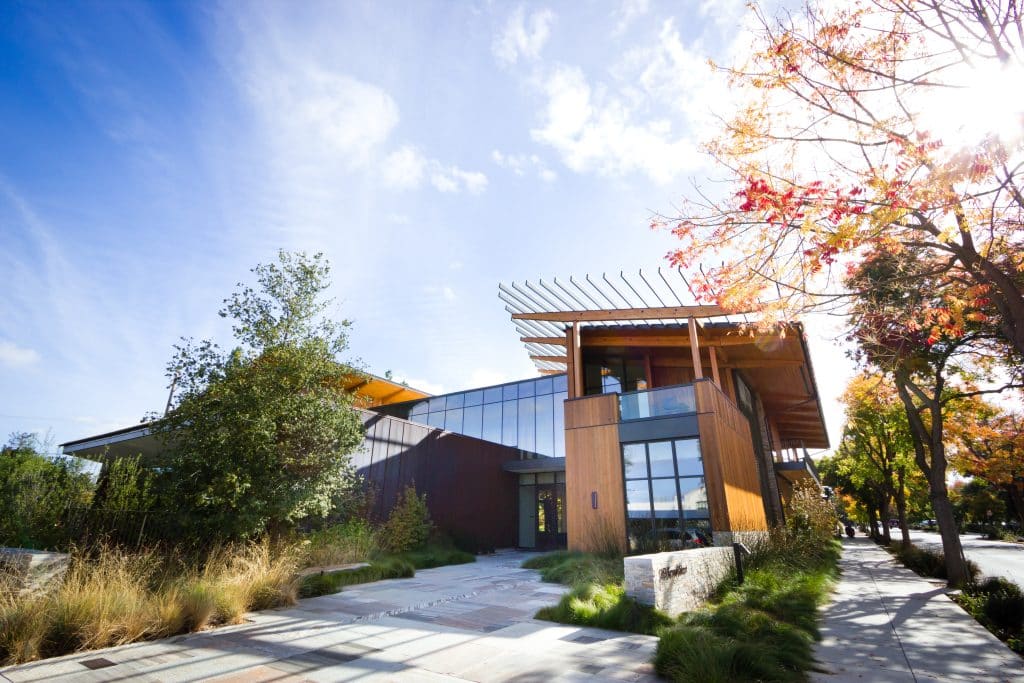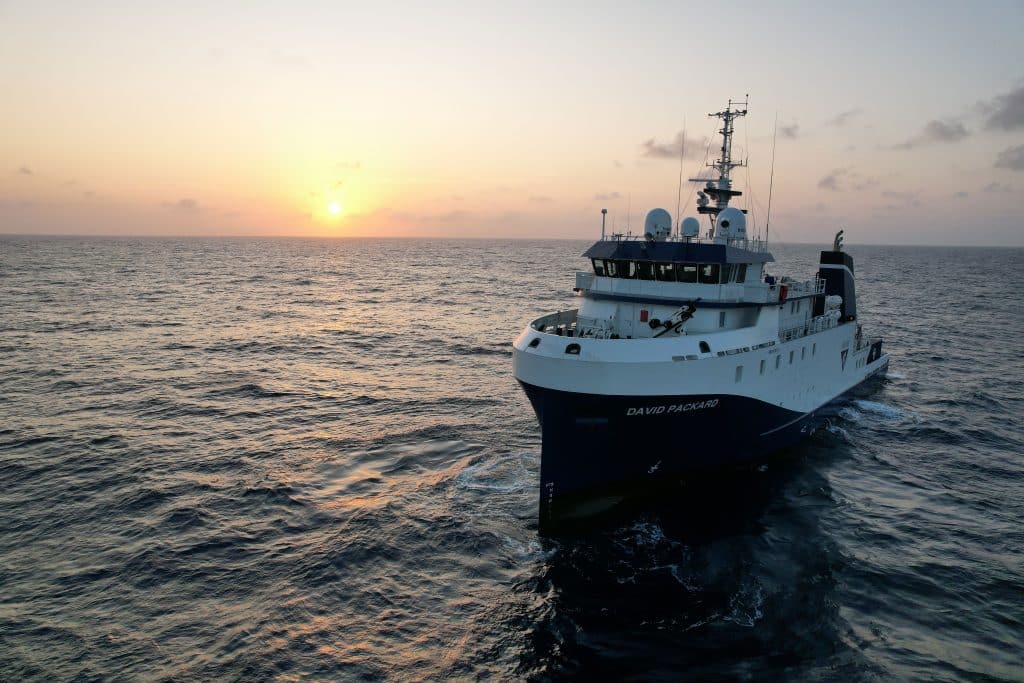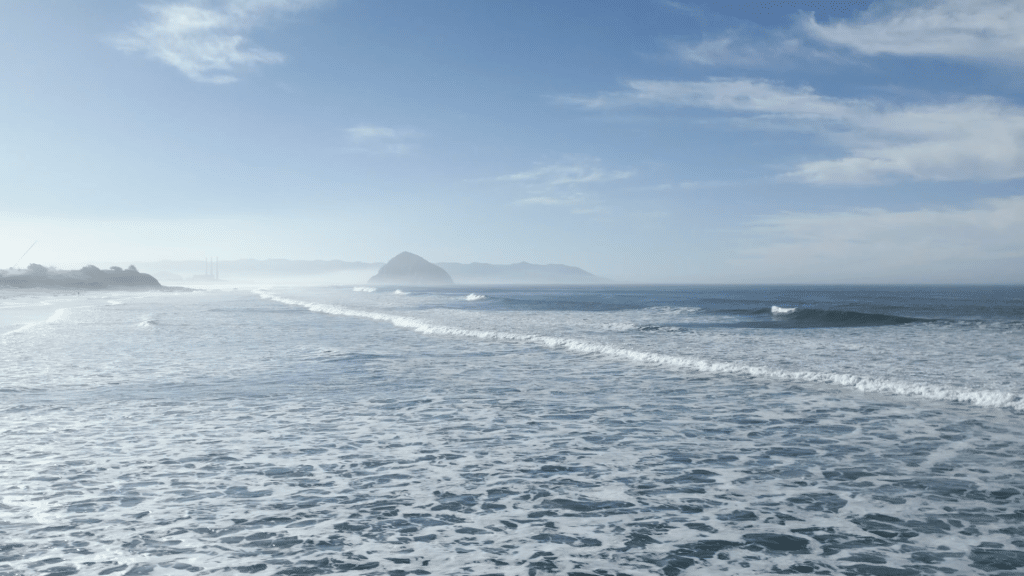The vast depths of the ocean, teeming with mysterious animals and unknown phenomena, remain one of the least explored environments on Earth. Though much is left to be understood about the ocean, its processes, and inhabitants, the groundbreaking work of the Monterey Bay Aquarium Research Institute (MBARI) has been revealing new insights and discoveries since 1987. From discovering new species of deep-sea jellyfish to revealing the intricate connections between fish migration and the carbon cycle, MBARI’s contributions have been invaluable in advancing marine science and engineering to understand our changing ocean.
MBARI envisions a future where we better understand and can predict ocean processes, from atoms to ecosystems; the highest-quality data informs ocean management and policy; and the ocean research and conservation community is diverse, inclusive, and equitable.
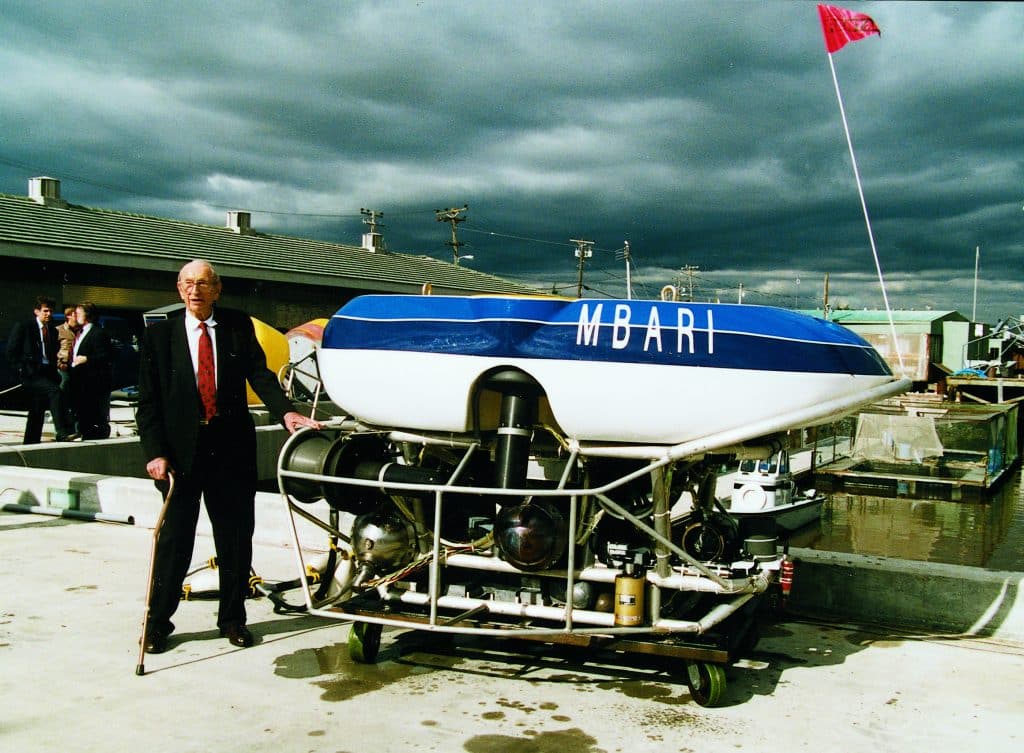
Founded in 1987 by David Packard, MBARI was born from his belief that addressing the unique challenges of ocean exploration required a new type of research institute—one that was independent in spirit and collaborative by design. Packard’s decision was informed by the successful establishment of the Monterey Bay Aquarium and informed with the marine biology expertise of his daughters, Julie Packard and Nancy Burnett. His vision centered on the core principle of science, engineering, and marine operations working together in equal partnership to develop innovative marine technology.
MBARI’s facility location in Moss Landing, California offered unprecedented opportunity to explore the ocean due to its direct access to the Monterey Canyon, a deep canyon in Monterey Bay. This strategic location has been instrumental in facilitating deep-sea research and exploration.
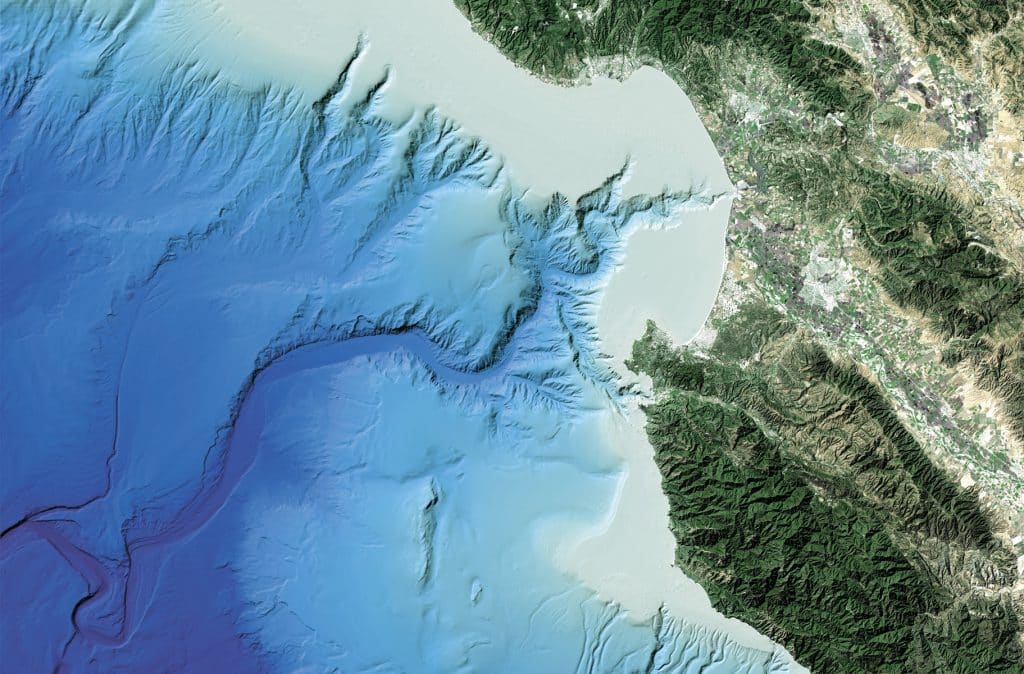
Today, MBARI is renowned for its willingness to think big, be bold, and invest in long-term outcomes. The David and Lucile Packard Foundation is a principal funder of MBARI, and together with its education and conservation partner, the Monterey Bay Aquarium, MBARI strives to provide the best science, engineering, and outreach tools to the ocean science and conservation community.
Early Innovations and Notable Discoveries
From the beginning, MBARI embraced the use of ROVs—robotic submersibles tethered to a research vessel and operated by scientists and marine operations crew—as a novel platform for accessing the deep sea. The launch of the ROV Ventana in 1990 marked a significant milestone, allowing scientists to explore the depths of Monterey Bay. This collaboration between engineers and scientists led to numerous surprising discoveries about the ocean and ourselves.
One of the early successes was the discovery of the bumpy jelly, Stellamedusa ventana species that captures prey in its long arms. To date, the institute has discovered more than 250 species, of which more than half have been formally described and named. These discoveries have significantly contributed to our understanding of marine biodiversity, which is essential for monitoring ocean health.
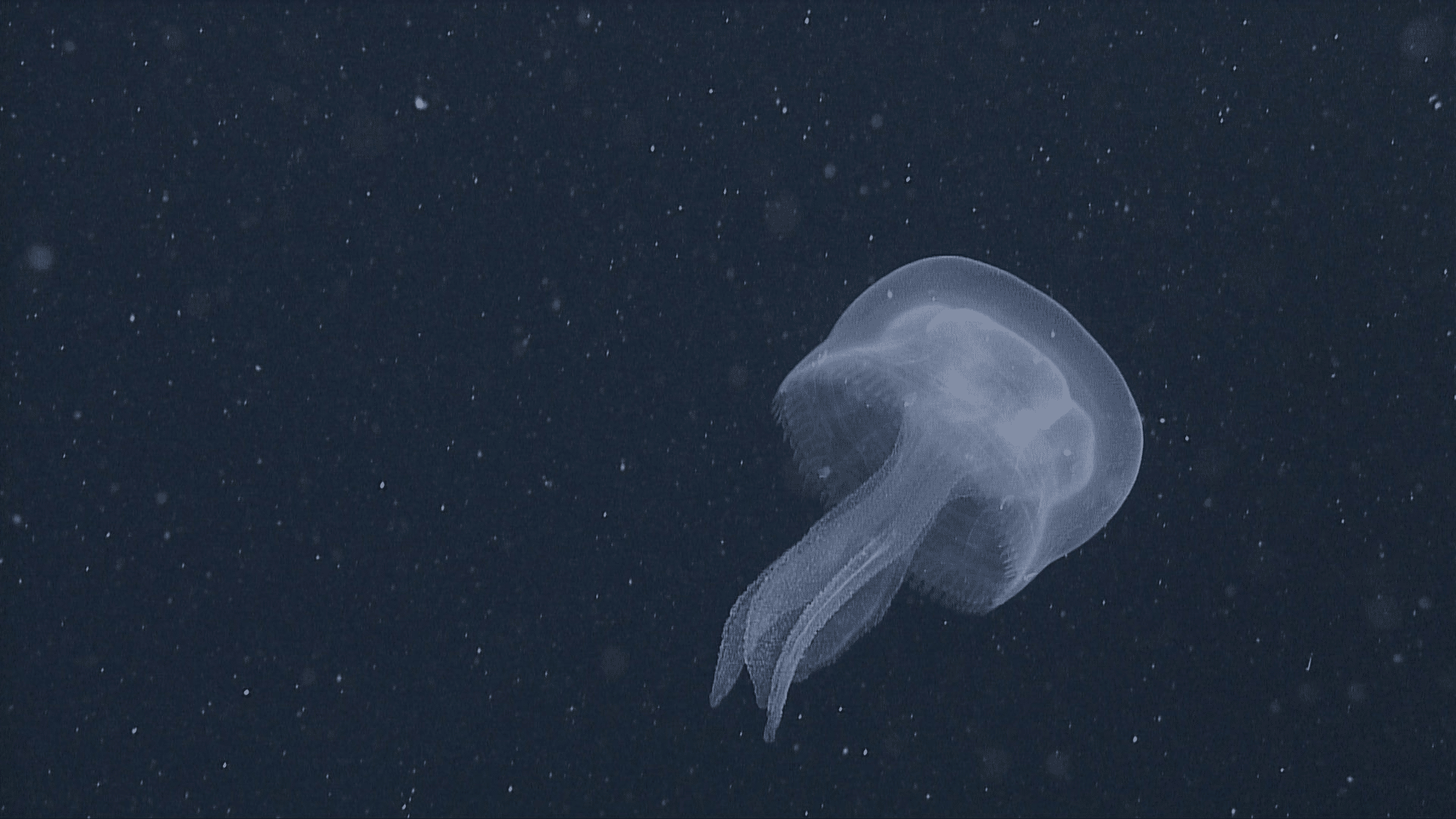
With each success, the team kept innovating. Autonomous underwater vehicles (AUVs), which could independently scan the ocean’s depths and sea floor, came next. With each discovery scientists posed new questions, driving engineers to develop new tools and equipping the vehicles with a myriad of available configurations to find answers. MBARI’s advanced underwater robots evolved to measure chemical and physical properties of water, collect samples and high definition video, map the seafloor in high-precision detail, and conduct experiments in the deep sea. Through the development of this family of tools, MBARI developed a unique capacity to use underwater video technology and novel image processing software.
MBARI Today
Innovate and Build
Today, MBARI works to create and globally scale the research and technology required to explore, map, and understand our changing ocean, using Monterey Bay as a testbed.
Scientists and engineers at MBARI work together to develop scalable technologies that track and predict the delicate physical and biological processes that sustain marine ecosystems.
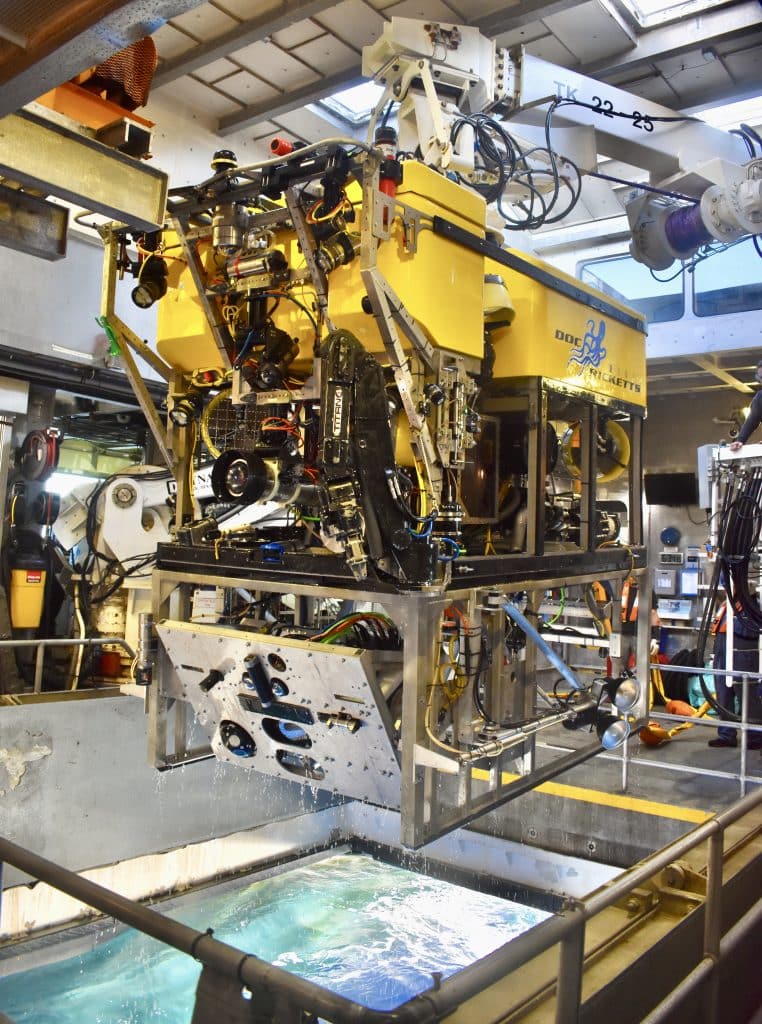
Only about 25% of the seafloor has been mapped at a resolution useful for scientific study. Imaging the ocean floor is crucial to understanding the biology and ecology of the largest living space on our planet. MBARI’s custom-designed Low-Altitude Survey System (LASS) captures geological and biological features of the ocean floor at centimeter-scale resolution. While this sensor suite is currently operated on an ROV, engineers in MBARI’s Seafloor Mapping Lab are working to adapt this innovative platform for autonomous vehicles to scale imaging of the ocean floor. Engineers in MBARI’s Control, Modeling, and Perception of Autonomous Systems (CoMPAS) Laboratory are also developing new software that allows the LASS to build maps in real time. This integration is essential for understanding the deep sea’s complex landscapes and their role as habitats.
These recent advancements in technology and sensing means that massive quantities of data on the ocean are being generated. MBARI has extensive experience curating the collected data and, combined with emerging technologies in edge computing, artificial intelligence, and machine learning, scientists are working to address challenges associated with ocean exploration and monitoring to benefit the marine research and resource management communities.
Explore and Protect
At the heart of MBARI’s work is a drive to explore and observe life in a dynamic ocean while studying the impacts of climate change and other threats.
The diversity of ocean life is vast and intimately connected to human well-being. Surveying marine biodiversity is critical to understanding the role the ocean plays in regulating our climate system, but biological monitoring lags assessments of ocean physics and chemistry. MBARI aims to address this gap through innovative sampling technologies and integrated observing systems, enhancing our understanding of marine ecosystems from surface waters to deep-sea environments. This comprehensive approach enables MBARI to monitor and predict the effects of climate change, pollution, overfishing, habitat loss, and deep-sea mining, supporting informed decision-making and conservation efforts in near real time.
One of MBARI’s most exciting developments is the addition of the new research vessel, the R/V David Packard. Built in Spain, this ship has been designed to traverse the Pacific coast, significantly enhancing MBARI’s research capabilities. Like its predecessor, the R/V Western Flyer, the R/V David Packard will enable scientists to extend their reach beyond Monterey Bay.
In 2023, MBARI broke ground on the Instrumentation Integration and Testing Facility, a new robotic technology lab expected to be complete in late 2024.
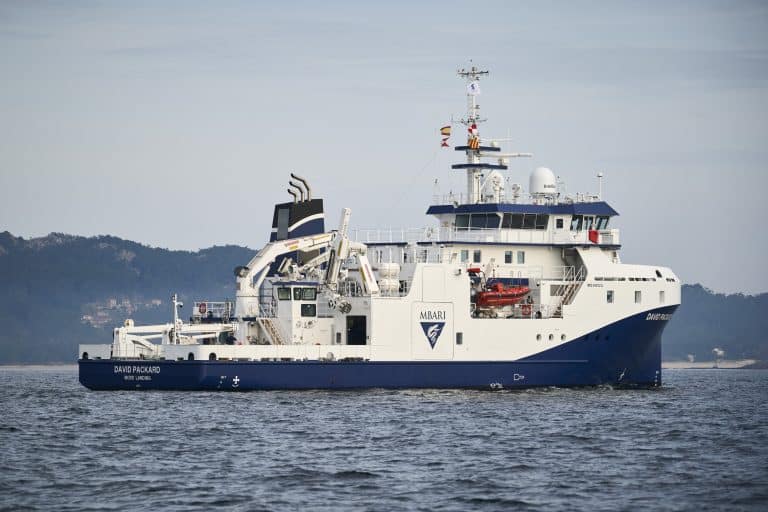
This facility, along with the newly opened Expedition Staging Building, will support seagoing operations and host students and collaborators, enhancing MBARI’s research and development programs for years to come. Its contribution will significantly improve our understanding of the diversity and function of ecosystems, revealing our inextricable connection to the sea.
Inspire and Engage
MBARI was founded on the principle that its research and technology should be freely shared to inform management decisions, shape policy, and inspire the public to act on behalf of the ocean. With long-term datasets, including a video archive featuring approximately 30,000 hours of deep-sea animals and habitats collected during more than 6,100 ROV dives, MBARI is committed to sharing data in a format that is easy to access and interpret, and to partnering with the broader marine science and policy community to advance ocean stewardship.
One notable discovery that underscores MBARI’s commitment to ocean research occurred in 2018. After researchers from NOAA’s Monterey Bay National Marine Sanctuary and Nautilus Live observed thousands of octopus nesting on the deep seafloor off the Central California coast, MBARI scientists and their collaborators deployed a suite of high-tech tools to monitor the Octopus Garden. Thier work ultimately confirmed that deep-sea octopus migrate to this site to mate and nest, and the ultra high-definition footage captured by MBARI technology was featured in the Planet Earth III series, inspiring audiences around the world to consider their connection to the deep sea.
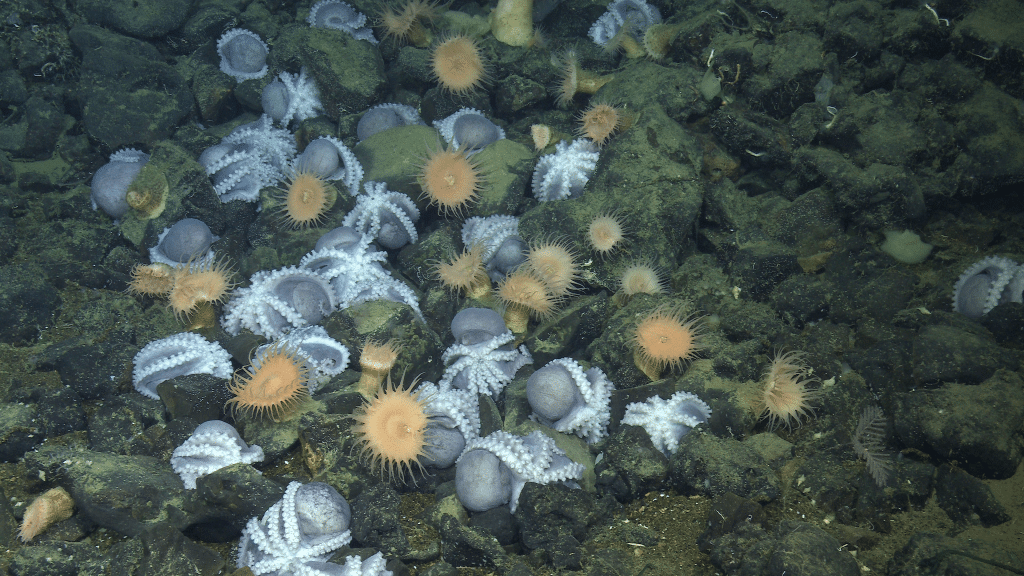
As the ocean comes under increasing threat, MBARI is committed to inspiring and engaging STEM practitioners from diverse backgrounds who share a passion for understanding and protecting the ocean. Through MBARI’s outreach efforts—including an internship program and science communication fellowship, teacher training workshops, and social media content—they aim to share compelling observations and stories that invite everyone to join us on this journey of ocean exploration, science, and stewardship. Working closely with the Monterey Bay Aquarium, they seek to inspire a new generation of ocean explorers through one-of-a-kind public exhibitions, education programs, and science communication.
A New Era
MBARI’s journey is a testament to the power of curiosity, collaboration, and innovation. As we look to the future, there is still so much to learn about our ocean and how to protect it. MBARI remains at the forefront of deep-sea discovery, constantly imagining, redefining, and expanding what we know about the ocean.
From the beginning, the Packard Foundation recognized the potential impact of MBARI’s research on global efforts to understand and protect the ocean. The Foundation’s flexible funding model has allowed MBARI to pursue pioneering innovations without the constraints of yearly grant dependency.
As the institute moves into a new era, MBARI remains dedicated to advancing marine science and engineering, ensuring that we better understand our ocean and promote a conservation community that is diverse, inclusive, and equitable for future generations to come.
Learn more at mbari.org.
